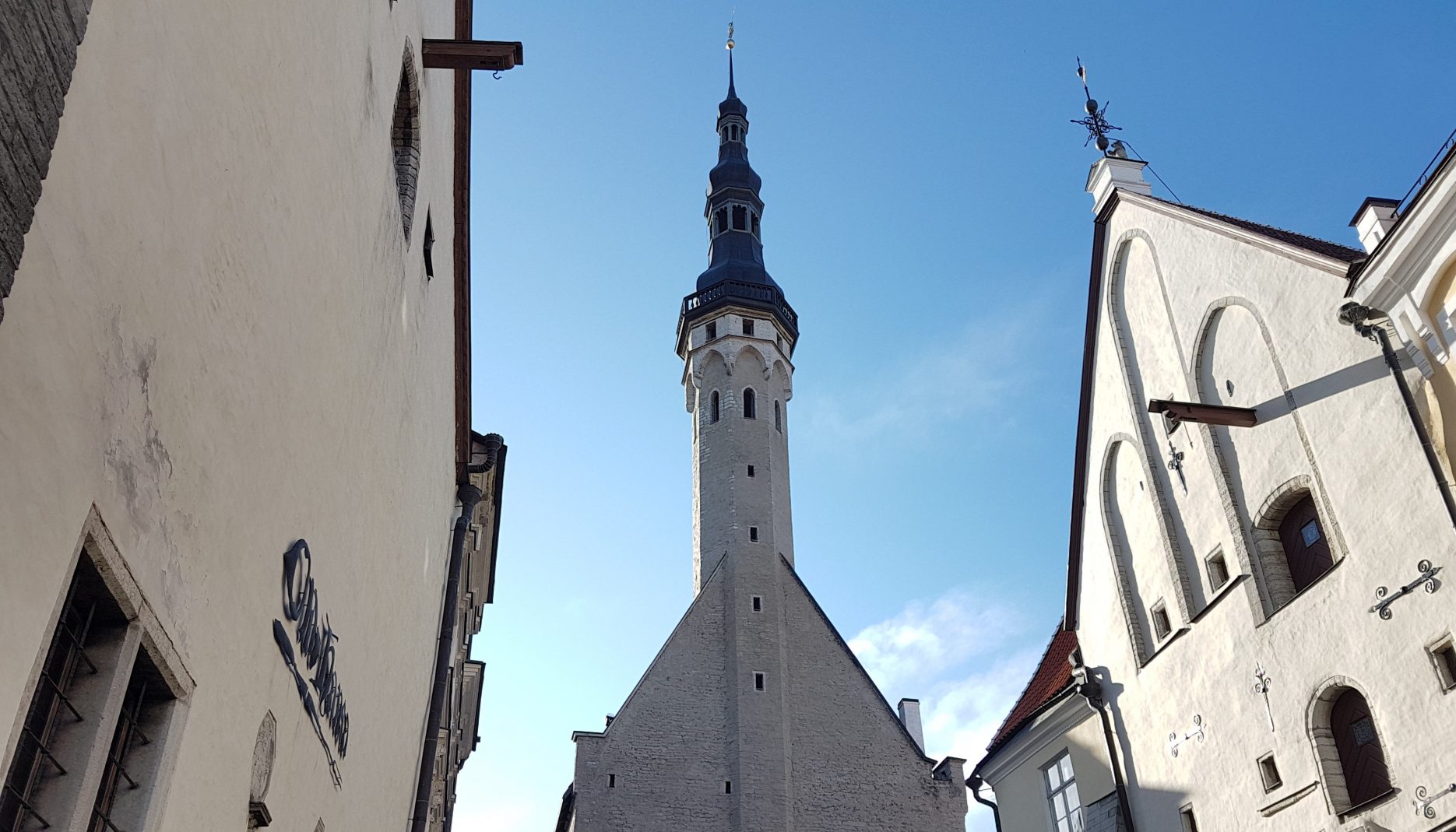My first exposure to Estonia was listening to the BBC’ My Perfect Country podcast less than 2 years ago. The show explores exciting government policies from around the world. Its first episode starred Estonia’s digital society, which was surprisingly inspirational. Since then, I’ve noticed a lot of articles in the news about how Estonia’s e-resident program might solve the Brexit crisis by giving British businesses access to the EU’ single market, as well Estonia’s generous immigration policy for digital nomads. The intrigue doesn’t stop there. Did you know that Estonia has significantly more women than men? Those women are also the most attractive in the West and there are more top models per capita than anywhere else in the world. Pretty compelling, right?
Comparing Estonia’s flawless system to Ireland’s damaged infrastructure and bureaucracy, when Estonia also has a substantially more reasonable cost of living, makes Tallinn theoretically a better candidate for relocation.
Requirements for a foreign tongue
Outside of Ireland and The UK, most other countries require far more detailed, on-the-ground research to determine whether they should be considered for relocation. Here are some examples:
- English-based university degrees
- English-based events (to make friends)
- Percentage of the population that can speak English
- Are government forms available in English?
- If not, is English support easy to find?
- How soon would a resident need to learn the local language?
Having recently lived in a foreign, non-English speaking city with very little local language skills, I know I’m not ready to jump back into a similar situation any time soon. Thus, while I am eager to find alternatives to life in Ireland, I am aware that it might not be possible, because of the language barrier. On the contrary though, many foreigners have made a life in non-English speaking countries. It must be feasible…
Despite Estonia’s small 1.3 million inhabitants, it’s capital, Tallinn has a large number of universities with English-based degrees (otherwise it wouldn’t even have made the list). Most people in Tallinn do speak fantastic English, except for the large Russian minority, which make up 1 / 3 of the population. This will be readily apparent when you see my new haircut: The saloon employee claimed she was “a stylist”, so she wouldn’t make changes to her design. Although I haven’t exactly looked at the residency documentation, Estonia only has 1 official language. There is still a likelihood that some documents are available in English, but everyone I spoke to online suggested that learning Estonian is unavoidable in the long-run. Luckily, I wouldn’t need it right away.
Please, come and work in Estonia
The Work in Estonia website and YouTube channel were quite persuasive in getting me excited about the prospect of life in Tallinn. All the information was easy to find and always available in English. However, I’m afraid it is a bit of a lie. English is not an official language in this country. Visiting the city centre on my first day, it was clear that Estonian was the dominant language here. In fact, on the occasion there were two languages available, the other was usually Russian. Certainly food menus can be found in English and many websites are trilingual (the 3rd language is always English), but life here would be linguistically challenging.
While the government is doing a fantastic job enticing more emigrants to come, people simply don’t agree that “it is not necessary to learn the Estonian language in order to enjoy working and living in Estonia”; The government has exaggerated a bit. The truth is that the situation is a bit desperate. Like Japan, Estonia’s population is shrinking, seemingly due to youths migrating abroad. They need you to move to Estonia, but obviously not enough to add English to the list of official language(s).

English events and expatriates
The truth is that I could very well have moved to Tallinn even with the language difficulties. However, it became apparent well before I arrived that there simply weren’t enough English-based events going on. One acquaintance suggested that because Estonians took summer so seriously, Meetup.com events were likely to be put on hold during the summer. On the contrary, the lack of events on Meetup, CouchSurfing, and Internations suggests a larger issue: Tallinn is a bit on the small side.
Tallinn’s city population is 450,830, while the larger metro area includes 610,468 people. This is only 10k smaller than Bristol at 459,300. However, Bristol’s metro area doubles its size to 1,006,600, well over 50% greater than Tallinn’s metropolitan area. Thus, while Bristol has at least 1 event every day of the week and usually 2, Tallinn isn’t even close. One CouchSurfing member said that Meetup was effectively dead in Tallinn, though he had already run 2 Meetup groups here. It is through these events that I have moved across the world and quickly made new friends. I simply do not understand how life can happen without them.
One other criteria that is incredibly relevant in Tallinn’s case is the number of likeable neighbourhoods. As discussed with Dublin, there should be around 5 neighbourhoods in the city that are desirable, creating enough opportunity for exploration and variety. While Tallinn is extremely large in area, the centre is relatively small: A 30 minute walk will pass the entire centre and its three main neighbourhoods:
- Old town
- Telliskivi
- New town
The rest of the neighbourhoods are largely residential with few restaurants or shops. Sadly, this makes Tallinn a bit too small for settlement at this time.
Tallinn has been officially removed from the list (at least until its population increases by about 50%).



